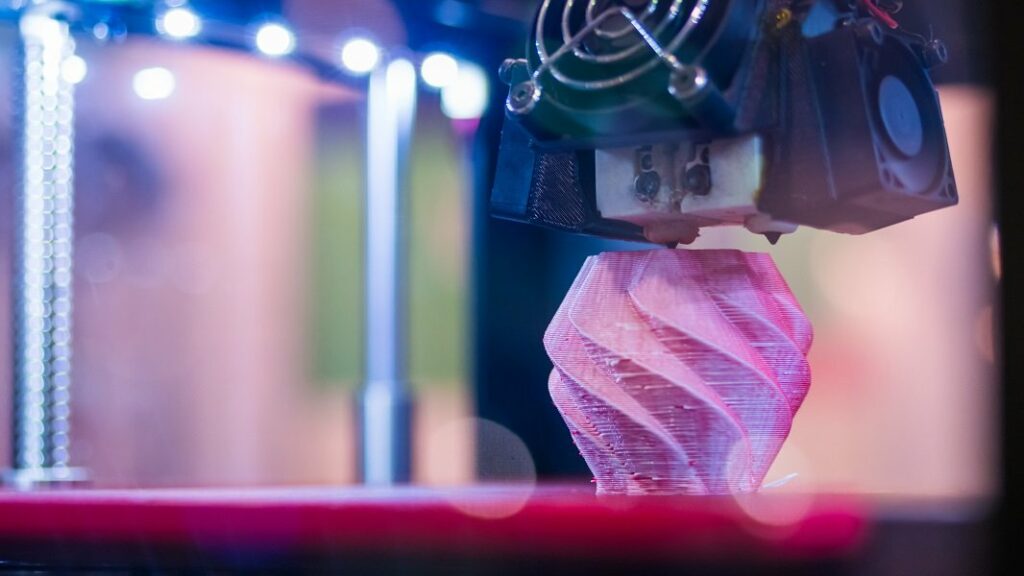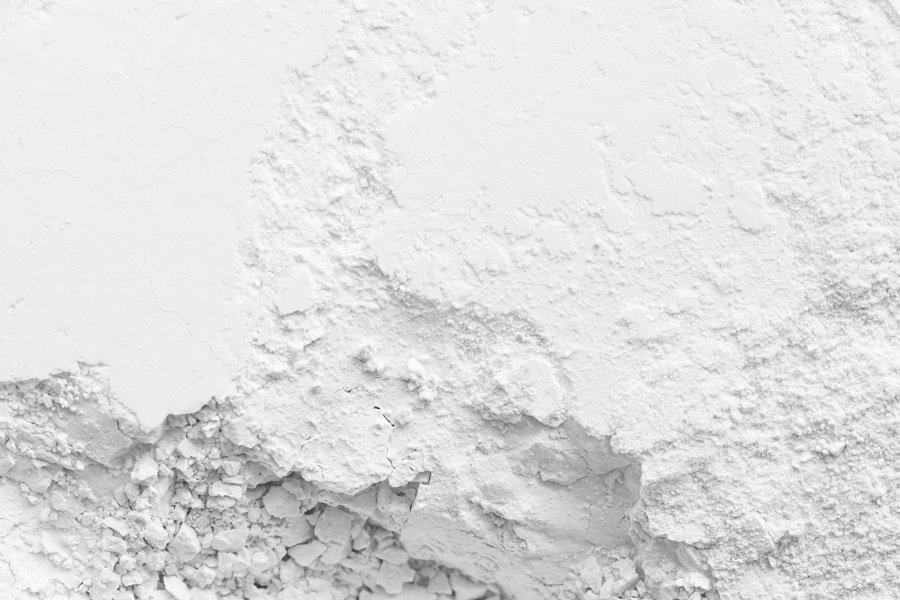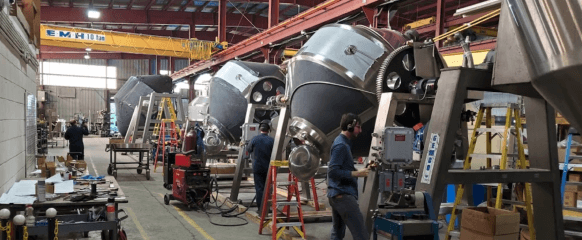Additive Manufacturing 101
With near limitless applications and an ever-expanding variety of materials to build with, additive manufacturing (AM) has already begun to radically transform the manufacturing industry. It’s helped to revolutionize how things are designed and manufactured, enabling users to turn drawings into 3D parts. Since 3D printing and additive manufacturing have become nearly synonymous, we’re going to go over the basics of AM to highlight what it entails, its uses, and its advantages in the world of manufacturing.
What Is Additive Manufacturing?
Additive manufacturing is a catch-all term for a variety of internationally developed systems capable of producing an array of assemblies and components. It’s common to see 3D printing and AM used interchangeably, but they’re not quite the same thing. 3D printing is only one kind of technology utilized in additive manufacturing, along with several others including:
- Additive Fabrication
- Rapid Prototyping (RP)
- Direct Digital Manufacturing (DDM)
- Layered Manufacturing
The defining characteristic of additive manufacturing is the way in which models are built: raw materials are deposited in layers according to 3D modeling software (CAD), one on top of the other, until the model is complete.
The Basics of Additive Manufacturing
Compared to machining—which is more like “subtractive manufacturing” due to starting the process with a larger piece of material that is cut away bit by bit to achieve the desired shape—additive manufacturing involves adding raw material to the build. The raw materials used in AM typically take the form of a powder, filament, liquid, or sheet; and these materials are dropped layer-by-layer to slowly bring the 3D CAD models to life.

The biggest difference between machining and additive manufacturing is the amount of waste involved (the former producing the most). Although machining can be done with a high degree of accuracy and speed, there are limitations to the geometry achievable through the process. AM on the other hand allows users to create multiple identical parts, custom one-offs, single prototypes, and more using a range of materials including plastic, metal, glass, and ceramic.
Exploring the Systems of Additive Manufacturing
Within the different AM technologies, systems differ primarily by manufacturing volume, material type, speed, and accuracy. Some systems are intended for home or office use while others may be larger and more appropriate for high-volume manufacturing. Your needs will inform what you require out of a system, so be sure to do your research before purchasing—this includes investigating the need for additional finishing steps and material cost/efficiency.
Examples of AM
Below are just a few of the additive manufacturing technologies employed today, most of which have built upon MIT’s original 3D printing technology and software.
- 3DP: Whereas most AM technologies drop layers of material onto a platform, 3DP constructs models layer-by-layer within a powder-filled container (starch or plaster-based materials) by using a binder that reacts to the powder.
- FDM: Fused Deposition Modeling utilizes thermoplastic materials in a series of processes, injecting the material onto the printing platform through indexing nozzles.
- MJM: Moving along three dimensions, Multi-Jet Modeling is not unlike an inkjet printer in the way the multitude of jets move as they apply layer upon layer of thermopolymer material.
- SLA: A Stereolithography Apparatus uses high-end laser technology designed to cure layers of photopolymer resin (polymer sensitive to light exposure).
- SLS: Selective Laser Sintering is similar to SLA, and uses high-powered lasers to fuse smaller particles of material together—usually ceramic, glass, metal, or plastic.
Printing with Powdered Metals, 3D Print Waste, and Recovery
3D technologies and printing materials have been around for decades; however, the industry is still relatively young with stiff competition in printing software, manufacturing of printers, and those producing and supplying powders used in 3D print projects.
Albeit competitive, printers are not cheap. And once that investment has been made, you need materials to print with: Powdered Metals.
3D printing is regarded as less wasteful and more energy-efficient than traditional manufacturing, yet the use of plastics and powdered metals present both financial and environmental concerns.

Other than direct recycling of plastic and metal powders, the most efficient way to reduce the amount of scrap and recover powders is to recycle or remix a percentage of virgin powders with recovered print job area waste and reclaim those powders for another print job.
From test prints and unwanted prototypes, to failed prints and unused powder waste landing near the live print area, it is rumored that as much as 80% of a 3D print project’s powders—plastic, metal, concrete, etc.—can land outside an active print job area and become waste. Some of that unused powder may also be damaged in the 3D printing process (referred to as “splatter”), making it unusable. Given that so much of a project’s printing material could be left unused after a job, it makes far more fiscal and environmental sense to reclaim as much viable, unused material as you can after each project—even with the small amount of unavoidable waste.
Long-Term Advantages and Future Implications of Additive Manufacturing (AM)
The advantages of additive manufacturing technology are myriad. Users are able to optimize for various properties including weight, heat transfer, space and more; and gain the freedom to accurately design shapes and more complex structures with relative ease. AM has also made it easier for larger operations to make more efficient use of material as most systems ensure minimal waste.
Supply-chain optimization can cut out unnecessary production steps to provide a single, local point of manufacturing. Shortening the supply chain has incentivized many manufacturers to adopt AM technologies in order to reduce overall time and cost, thereby reducing the number of processes needed to produce workable parts and prototypes.
Favored for its ability to help organizations enhance performance and trim weight, additive manufacturing has proven versatile, cost-effective, and highly accurate. These technologies enable engineers to create parts and structures in order to assess their viability in designs; and although many AM applications don’t offer much load-bearing support in what they can produce, they still prove invaluable for prototyping and refining designs.
With the growing versatility in print materials and applications, other industries can further hone the capabilities of AM to provide even more cost-effective solutions for building and using low-cost equipment. As a worldwide mixing and drying authority, we have powdered metal clients who have scaled their 3D productions to include circular applications including significant powder recovery. GEMCO can help you reclaim your powders, saving you time, capital, and our environment.


